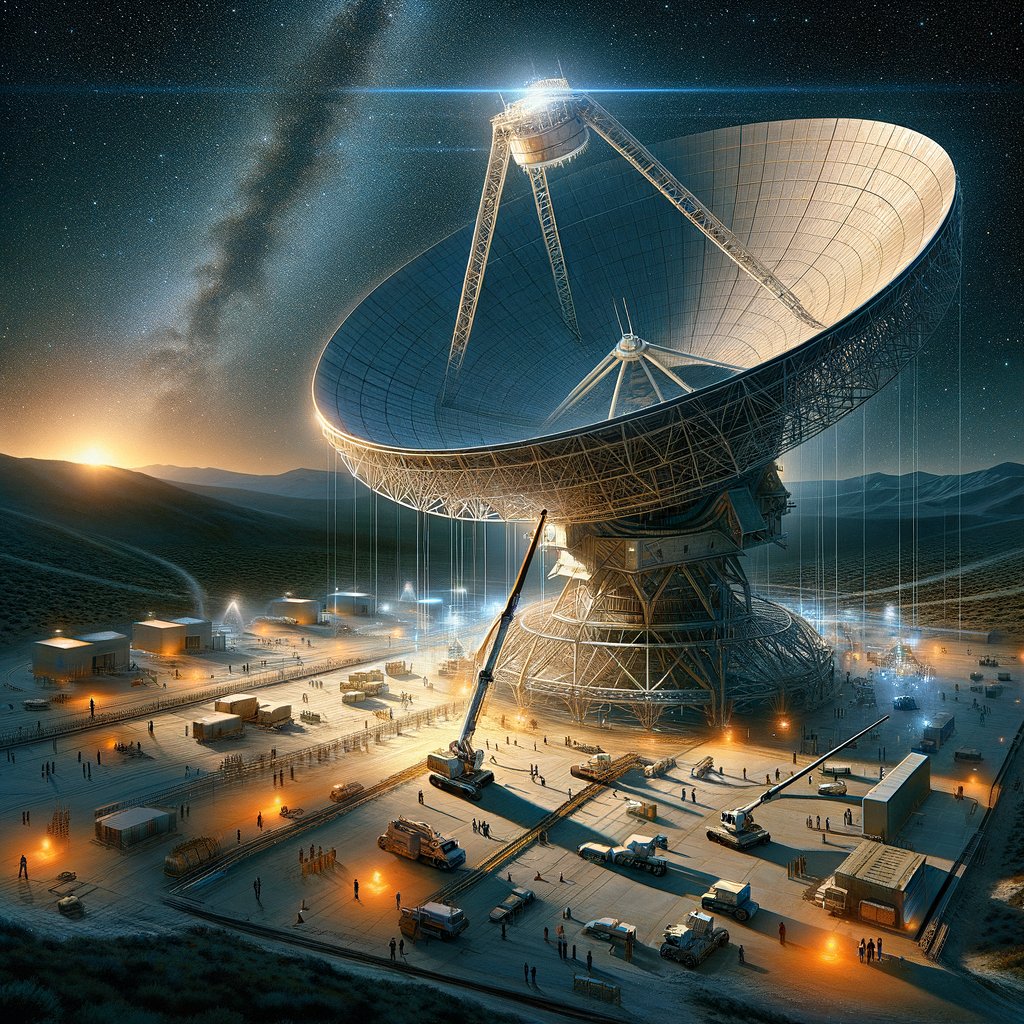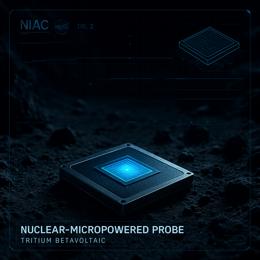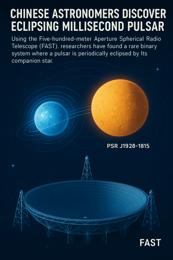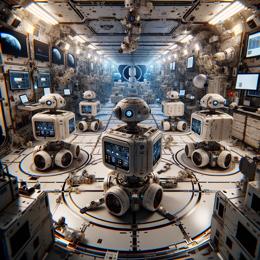Image created by AI
NASA Fortifies Deep Space Operations with New Antenna
In an extraordinary leap toward improving its space communications capacity, NASA successfully positioned a gargantuan 133-ton reflector dish onto Deep Space Station 23 at the Goldstone Deep Space Communications Complex near Barstow, California, on December 18th. This installation represents a vital expansion of NASA's Deep Space Network (DSN), which is crucial for communicating with space missions that traverse beyond the Moon.
Deep Space Station 23, which encompasses a multifrequency beam-waveguide antenna, experienced a significant milestone with the installation of its metal reflector framework. This advancement is expected to markedly boost the network's functionality when it becomes operational in 2026. The antenna will play a key role in receiving data from notable missions such as Perseverance rover on Mars, the Psyche asteroid mission, the Europa Clipper which will investigate Jupiter's icy moon, Voyager 1, and numerous forthcoming human and robotic space endeavors.
"The addition of this antenna solidifies the backbone of our universe exploration efforts. It’s designed to meet the growing demands placed on the world's most extensive and sensitive space communication systems," explained Kevin Coggins, Deputy Associate Administrator of NASA’s Space Communications and Navigation (SCaN) program.
The network's new antenna has been under construction for over four years and carries the hopes of increasing the capacity to support over 40 deep space missions simultaneously. It follows the recent addition of Deep Space Station 53 to the Madrid complex in Spain last year. NASA’s DSN consists of other complexes located in Canberra, Australia, and Madrid, Spain, along with the California site, strategically positioned around the globe to maintain constant communication with spacecraft regardless of Earth's rotation.
The assembly of the reflector was a high-precision affair, demanding perfect alignment of bolt holes to secure the reflector to its supporting alidade—an engineering challenge highlighted by Germaine Aziz, Systems Engineer for the Deep Space Network Aperture Enhancement Program at NASA's Jet Propulsion Laboratory (JPL). The meticulous device alignment ensured the structure's stability and functionality during and after the lift.
Furthermore, the installation included placing a quadripod on the reflector, which is essential for channeling signals into the receivers located within the antenna's pedestal. Over the coming months, engineers will attach panels to the steel skeleton to form the antenna's parabolic surface, which is necessary for effectively reflecting radio signals from deep space.
"Our continued investment in the Deep Space Network underscores our commitment to explore more of what lies beyond our immediate cosmic neighborhood. The information we gather can open up new chapters in our understanding of the universe," stated Laurie Leshin, Director of JPL.
NASA’s ongoing upgrades ensure robust support for various missions, extending from rovers on Martian soil to iconic telescopes peering into the distant universe, and beyond. This expansion empowers unprecedented scientific exploration and discovery, further positioning humanity to unlock the mysteries of the cosmos.










